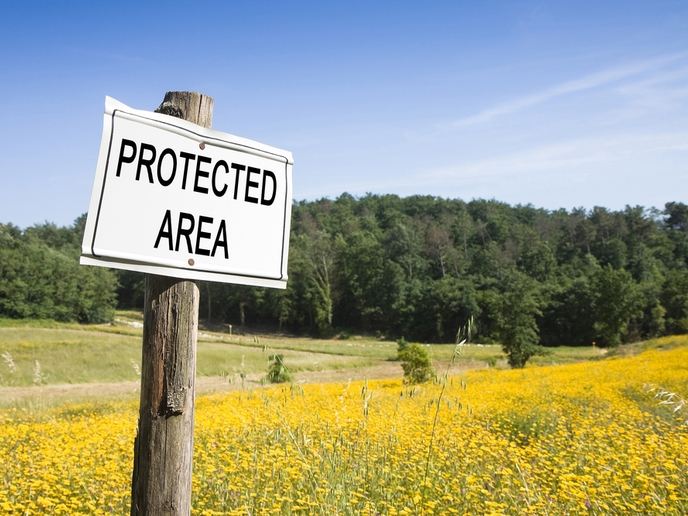Protected areas: Havens of peace or human pressure in disguise?
PRESSURE specifically focused on land, which accounts for the largest part of currently protected areas (PAs). As Jonas Geldmann, who received support for his project under the Marie Skłodowska-Curie programme, explains: “We have a fairly good understanding of where PAs are located and to what extent their location intersects with areas of conservation priority. However, whether these PAs are making a real difference and what factors predict such success have been much less explored.”
Applying state-of-the-art statistical approaches
The project looked at this question through the global data layer of change in human threats, so as to understand whether PAs have halted human pressure. It used the Temporal Human Pressure Index, the World Database of Protected Areas and a global database on management effectiveness, and applied different state-of-the-art statistical approaches to reveal the truth behind the proliferation of PAs. This is precisely what makes the project’s approach unique: to get the most realisable results possible, Geldmann used a ‘counterfactual’ approach through statistical matching. “The importance of this is to address the non-random location of PAs in the landscape. Patterns of change observed in PAs depend on both where they are located and how well they work. Unless you use matching to compare only with areas that are similar in geographical and socio-economic conditions, you cannot unpick these two processes and thus understand how well PAs are doing,” he explains. Perhaps unsurprisingly, the team found that the race to reach the International Union for Conservation of Nature’s Aichi Target 11 – which targets 17 % of PAs by 2020 – was partly being won at the expense of real changes in human behaviour. In a study published in the Proceedings of the National Academy of Sciences (PNAS) in October 2019, they point at the failure of many PAs to successfully reduce anthropogenic pressures on the land. “Many have been successful in conserving animal populations and reducing human pressure, yet the average result tells a different story,” says Geldmann. “The overall truth is that PAs have not stopped human pressure from increasing.” In some PAs of South America, South-East Asia and Sub-Saharan Africa, pressure from human activities such as conversion of land for agriculture was even found to be higher than in unprotected areas.
Shifting baselines for the situation in Europe
So, where’s the rub? “Our study shows that designating more PAs without putting in place the mechanisms and resources to make them effective can be counterproductive. Moreover, resources and staffing together with good governance have been identified as key gaps: resources only work when combined with good governance. Finally, I showed that unless we take a more experimental approach to the assessment of PA effectiveness, we will not always get the right answers,” Geldmann explains. While PAs are seemingly in their best light in Europe, Geldmann reminds us that the project’s data should be treated with caution. “Patterns indeed look a little better in Europe but this is partly a question of ‘shifting baselines’. The conditions in Europe were very degraded at the start of data being used in this project, so improvements do not necessarily indicate good conditions per se. They just tell us that things are at least getting better.” This year will be decisive for the future of PAs, and Geldmann is hopeful that PRESSURE’s results will be used to shape future biodiversity targets to be decided in China in early 2021.






